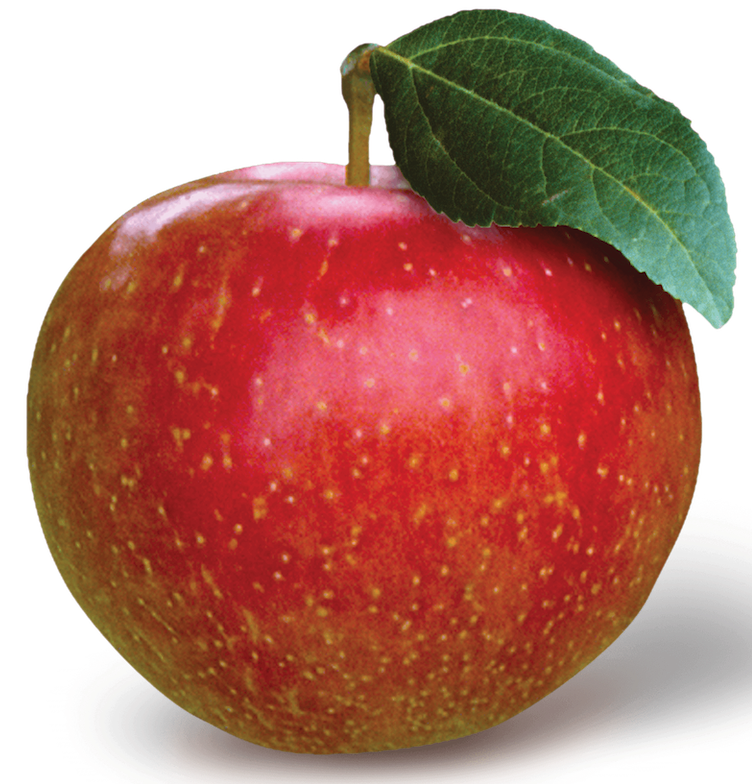Pears and Apples: A Delectable Duo with a Shared History, Science, and Intriguing Facts
Introduction:
Apples and pears, two of the most popular and beloved fruits across the globe, are often compared due to their similar shapes and textures. While they share common characteristics, these two fruits also have their unique qualities that make them stand out. In this post, we'll delve into the fascinating history, science, and fun facts about pears and their relationship to apples.
History:
Both pears and apples belong to the Rosaceae family (the rose family, believe it or not), and their cultivation dates back thousands of years. Pears are believed to have originated in the region spanning from Western Asia to Eastern Europe. The ancient Greeks and Romans cultivated pears and even developed their own varieties. Pears were also widely grown in China, where they were considered a symbol of immortality.
Apples, on the other hand, are thought to have originated in Central Asia, in the region that now includes Kazakhstan. As trade routes expanded, apples were introduced to Europe and later, the Americas. Both fruits played a significant role in ancient mythology and literature, symbolizing knowledge, fertility, and even temptation.
Science:
Pears (Pyrus) and apples (Malus) are part of the same botanical family, Rosaceae, which also includes other fruit-bearing plants like cherries, plums, and raspberries. Their close relationship is evident in their shared features, such as their pome fruit classification. Pome fruits are fleshy fruits with a core of several seeds, surrounded by a tough, protective layer called the endocarp.
Pears and apples have a similar genetic makeup, but each genus has distinct characteristics. Pears, for example, typically have a more delicate skin and a more buttery, melting texture when ripe. Apples, in contrast, have a firmer flesh that is crisp and juicy when ripe.
Phun Phacts:
There are over 3,000 known pear varieties worldwide, with about 10 primary types commonly available in stores. In comparison, there are more than 7,500 apple varieties!
The process of ripening in pears is unique among fruits. Pears ripen from the inside out, which means that by the time the fruit feels soft on the outside, it may be overripe on the inside. To prevent this, pears are often picked when they're still slightly underripe and allowed to ripen at room temperature.
The term "pear-shaped" is used to describe a situation that has gone awry or taken an unexpected turn for the worse. This phrase is thought to have originated from the challenges faced by potters when attempting to create a perfect pear shape on a spinning wheel, as the fruit's form is difficult to replicate.
Pears and apples share similar nutritional profiles, both being low in calories and high in fiber, vitamin C, and antioxidants. However, pears have slightly higher levels of potassium, while apples boast more vitamin A.
Apples float in water due to their air pockets, which make up about 25% of their volume. Pears, with a denser structure, tend to sink.
Conclusion:
While pears and apples share a common botanical family, their history, science, and intriguing facts showcase their distinct qualities. As consumers, we are fortunate to have access to a wide variety of both fruits, each with its unique flavor profile, texture, and nutritional benefits. So, the next time you enjoy a pear or apple, take a moment to appreciate the rich history and fascinating science behind these delectable fruits.

